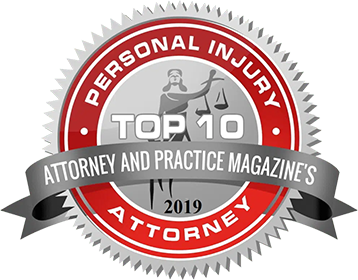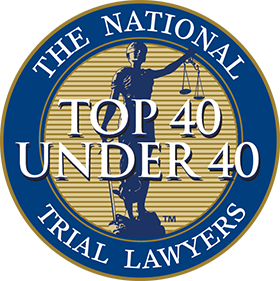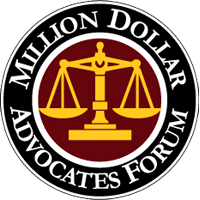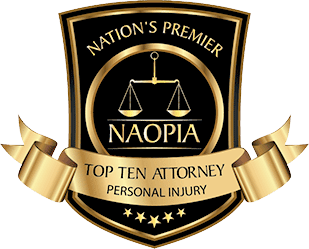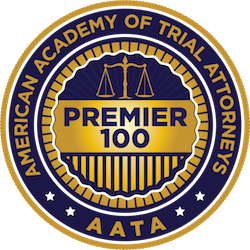Sometimes after a car accident, the parties involved can’t agree on liability or a settlement amount to cover the damages. When that happens, they may turn to the courts to settle the dispute. In the time between filing the case and when the trial starts, the attorneys for both sides prepare to present their cases, and they may also continue working on a negotiated settlement. If no settlement can be reached, here is what you can expect to happen when you go to court for a car accident:
An Attorney Will Present Evidence That Supports Your Case
To collect damages after a car accident, your attorney must prove the other driver’s negligence caused your accident. South Carolina drivers have a duty of care to operate vehicles safely, observe the vehicle code and minimize the chances of causing an accident.
When the trial opens, your attorney will present evidence that aims to show the following:
- The driver who hit your vehicle violated their duty of care.
- Violating the duty of care led to your accident.
- You suffered losses, injuries, or damages because of the driver’s actions.
Examples of the evidence your attorney may present to establish your case may include:
- A police report or citations the police issued to the at-fault driver at the accident scene
- Eyewitness testimony involving the accident or passengers
- Video footage of the accident (e.g., traffic camera footage, police dashcams, private cell phone video)
- Doctor’s reports or testimony from medical professionals about the extent of your injuries
- Repair bills or replacement costs of your car or other personal property damaged in the accident
The attorneys for the driver you are seeking damages from (also known as the defendant) can cross-examine your witnesses to look for inaccuracies or inconsistencies in their testimonies. This is one reason pretrial witness preparation is an important aspect of a trial. The better prepared your witnesses are, the less likely opposing counsel can cast doubt on their testimony during cross-examination.
The Defense Presents Their Case
If you are seeking damages (as the plaintiff), your attorneys will present their evidence first. After your attorney presents their evidence and testimony, they will rest their case. At this point, the defendant’s attorneys will present their case and try to persuade the jury that their client was not at fault in the accident. They also could try to show you share liability for the collision.
The Jury Deliberates
Once attorneys for both sides present their arguments, the case will go to the jury (or the judge if both sides have agreed to a bench trial) for deliberations. Finally, the jury will consider both sides’ evidence and arguments during the trial and render their verdict.
Both sides can meet and continue negotiations while the jury deliberates. Depending on how well one attorney feels like the case went, one side may be more amenable to settling the case to avoid an adverse verdict. These negotiations can continue right up until the point where a verdict has been reached and read into the official record.
The Verdict Is Read
If both sides haven’t settled the case during the jury or the judge’s deliberations, they will keep reviewing the case’s facts until they reach their decision. Once they have a verdict, both parties will be called into court, where the verdict is read. If you demand damages and the jury or judge decides in your favor, they will also inform you of the compensation award you are due.
How Are Damages Paid After Court in Car Accident Cases?
If you settle with the opposing party in your car accident case before the jury reads their verdict, your settlement will also likely detail how your damages are paid. You will have two basic options for damages:
- A one-time lump sum payment in which one check is cut to cover all your damages.
- Installment payments in which you receive money in scheduled installments over a set period.
In most jury or judge verdicts, the awarded dollar amount is due and payable. Once you have a judgment in your favor, the losing party is expected to pay the amount in full. If they don’t do this within a reasonable period, your judgment allows you to initiate collection activities against the losing party. Examples of collection activities include:
- Employing collection agencies
- Placing liens against the at-fault driver’s assets (e.g., property liens, seeking wage garnishment orders)
Call Us Today – We Can Help You Navigate What Happens If You Go to Court for a Car Accident
Regardless of how strongly you feel about who was at fault in your accident, winning verdicts at trial requires planning. You can hire your attorney to help you seek a favorable outcome at trial.
It’s not uncommon for insurance companies to try to drag cases out so that you’ll accept a lower settlement instead of going to trial. If you are having difficulty settling a car accident, a car accident attorney from Schiller & Hamilton can help. We have over 20 years of experience fighting for personal injury victims, and we offer a free initial consultation where you can explore your options. Call today and find out how we can help.



